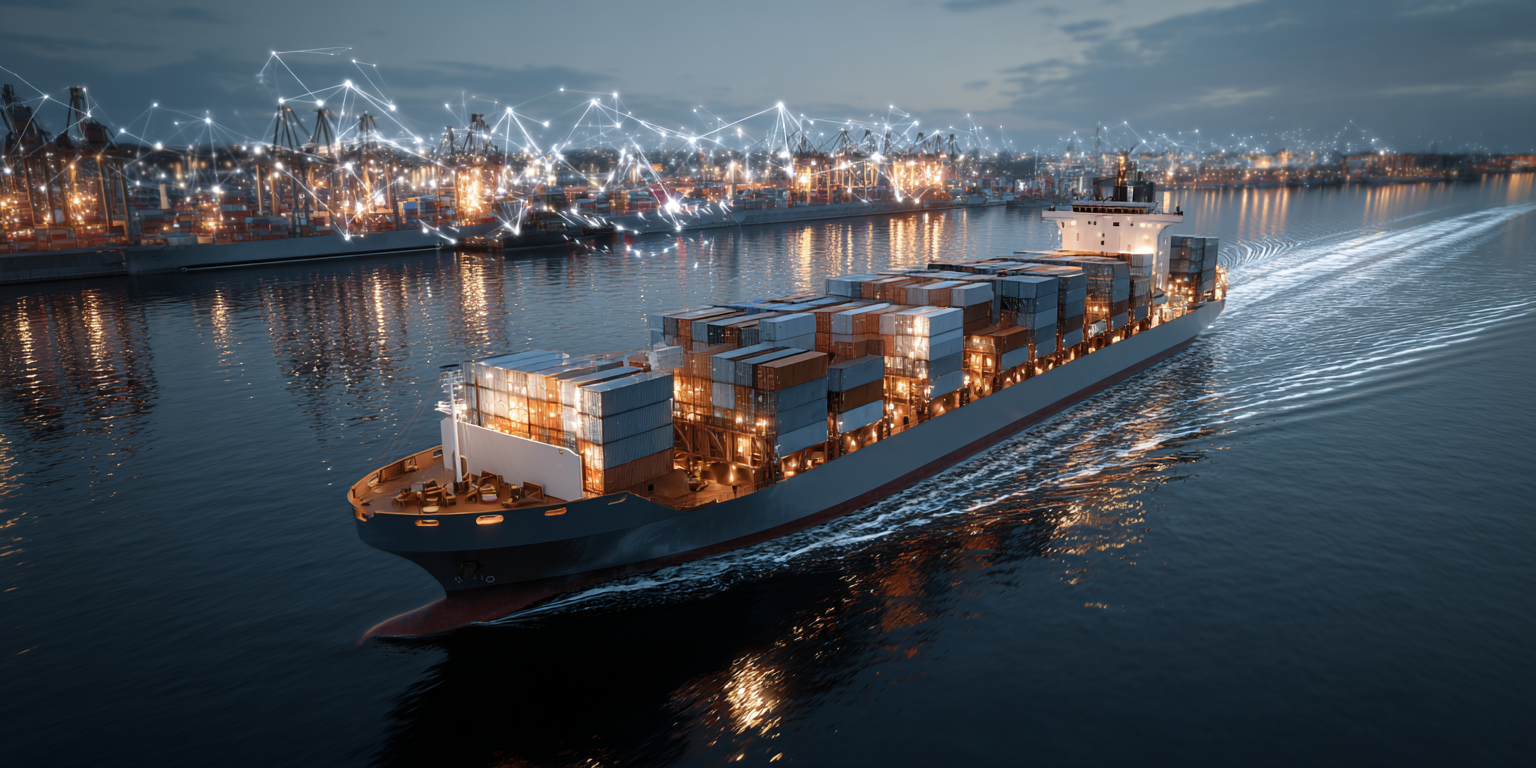Never before have consumers turned to the online channel for shopping as much as they do today. With retailers suddenly needing to cater for much heavier volumes online, it raises new questions about how successful a retail organisation is at delivering omni-channel customer service which is centered on the customer's need.
Even during the crisis of 2020, customers still expect a frictionless online buying experience and timely delivery. They won't think highly of a retailer that accepted their order online weeks ago, hasn't delivered, and forces them into a circular customer service path when they query the order -- such as referring them to live web chat, when that channel is already overrun.
As I wrote last year in regard to the digital transformation challenge in retail, there are opportunities for retailers to embrace technology and create that seamless customer journey that shoppers want. Especially now, when customers are under strain, the retailer that can show they care will have a big advantage.
Solutions to manage customer queuing and product choice
Every retailer in future will need to explore ways to safely manage the gathering of people. Solutions to check customers' temperatures before they enter the store can help protect the safety of other shoppers and employees. Simple solutions to help manage queues will also prove valuable for customers who want to spend as little time as possible in the store.
Here's where existing technologies can be repurposed. Data from existing cameras and sensors could let shoppers know how crowded the store is at present. Other integrations are also possible: by extending information about store inventory levels to web and mobile channels, customers can pinpoint what they need and reduce unnecessary travel.
In the short term, this is the uncomfortable reality retailers must adjust to: where customers' in-store visits become faster, more targeted missions to get what they need and get out, as quickly as possible.
The store as showcase
That does not mean, however, that customers won't value the in-store experience in future. On the contrary, some of the most successful new concepts in retail include stores which are showcases. These deliver a rich and stimulating experience in person, but hold little or no stock on-site.
IKEA for instance has been trying out new store formats that include small city-centre stores which have much smaller on-site inventory, but which let customers order from a wide product selection for delivery. Other concepts include design studios that let customers plan a kitchen or bedroom and have all products delivered to their home. That's a big change from its heritage flagship stores, which have required customers to journey to out-of-town megastores and their fully stocked warehouses.
What's important to remember is that new ideas and an openness to innovation will be the keys to coping with the new realities of retail. New competitive pressures make it even more important for traditional retailers to think differently. Online-only retailers like Alibaba and Amazon have pushed ahead with physical stores, including Amazon's unusual cashierless "Go" stores and its 4-Star stores that offer what it calls a "highly curated selection of products from the top categories across amazon.com."
In the war for customers, retailers need an open and agile approach to change, and a total commitment to delivering a customer experience that creates real loyalty.




